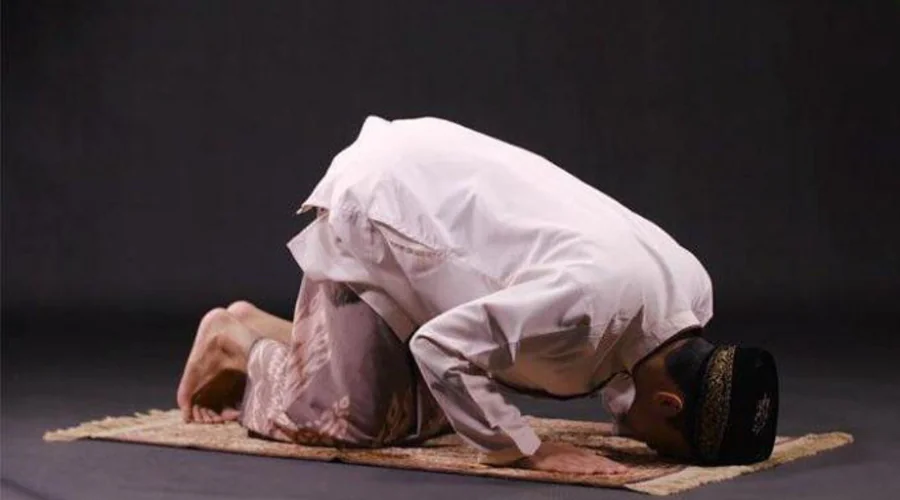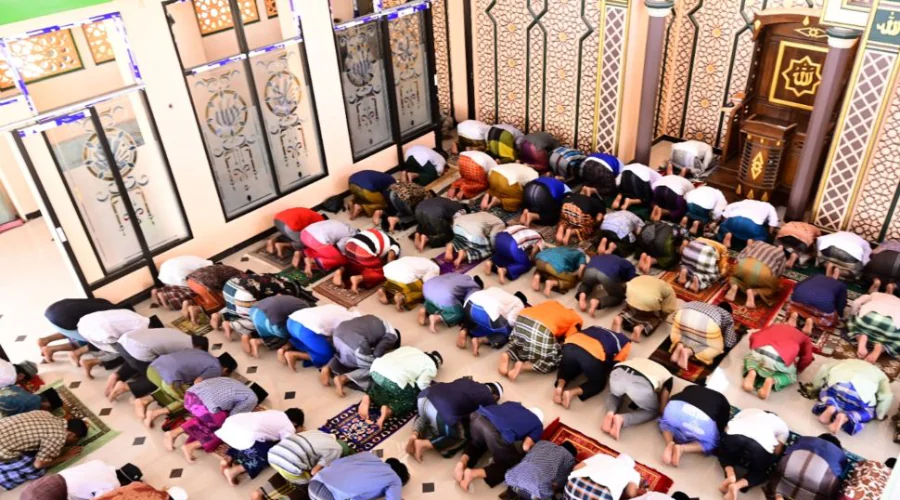
- 10 Jul
- 2022
Ilustrasi foto (Istockphoto)
FAI UM Surabaya Lecturer: Here's the Proper Procedure for Midnight Prayer According to the Prophet
Tahajud prayer is one of the sunnah prayers which has many virtues. It is a sunnah prayer which is held at night between after the Isha prayer until before dawn. However, the best time to do it is in the last third of the night, based on the Hadith of Muslim History, at-Tirmidhi and Ibn Majjah.
Fajar Gandung Panjalu, a lecturer at the Faculty of Islamic Religion (FAI) UM Surabaya, explained that the Tahajud Prayer is also known as the Lail Prayer or Qiyamullail because it is carried out at night. In addition, it is also called the Witr Prayer because it is carried out with an odd number of cycles. Tahajud prayers can be performed alone, and may also be carried out in congregation.
“Before performing the Tahajud Prayer, you can start by doing a light opening prayer (iftitah prayer), namely praying two cycles of prayer by reading only fatihah in each cycle, without reading a short letter as is usually the case during prayer. As for the readings for other prayer movements (Ruku', I'tidal, Sujud, etc.) are still being carried out as usual," said Gandung Friday (10/6/22)
Gandung explained that in carrying out the Tahajud Prayer, Rasulullah carried it out in several ways, including with the formation of 4-4-3 cycles, namely with 4 cycles without initial tasyahud in the second cycle, followed by 4 cycles without initial tasyahud in second cycle, then closes with 3 cycles without initial tasyahud in the second cycle.
"It can also be done with the 2-2-2-2-2-1 formation, namely five times praying two rak'ahs and closing with one rak'ah. The two formations produce the same number of cycles, namely 11 cycles. When added to the iftitah prayer, it counts 13 cycles," he added.
According to Fajar, one of the wisdoms of the Midnight Prayer can be found in Q.S Al-Isra' verse 79, where the Midnight Prayer is expected to be a means of elevating our status before Allah to a better degree (maqoman mahmudan).
"Because of the great wisdom of the midnight prayer, a Muslim should get used to getting up at the end of the night to perform this sunnah prayer. However, if a Muslim is worried that he will not be able to wake up in the last third of the night, he can do it after the evening prayer, before going to bed to rest," he explained.
He explained in a hadith "if someone after performing the witr prayer after the evening prayer then he sleeps and then wakes up again at the end of the night, he does not need to repeat his prayer, based on the hadith of the Prophet which says "There are not two witr in one night" (HR Ahmad, Abu Dawud, at-Tirmidhi, and an-Nasa'i)










(0) Comments